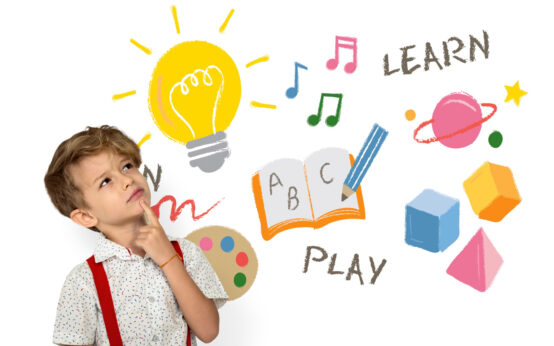Introduction
Autism Cultural Awareness: Whether you have been instructing autistic students for an extended period or are preparing for the arrival of one in your class, adopting an approach that views autism as a culture can enhance your ability to engage with all students effectively, including those who are neurodivergent. Embracing a social justice perspective in your interactions and teaching methods involves understanding autistic individuals, offering accessible communication, and cultivating a classroom environment that celebrates diversity in all its forms.
Drawing from my experience as an autistic faculty member overseeing an autism advocacy and access program at a large community college, providing training to a significant technology corporation, and being the parent of an autistic software developer, I have had the privilege of teaching, studying, learning, and living alongside autistic individuals both at home and in professional settings. By sharing insights, my goal is to illuminate autism as both a culture and a disability. This involves addressing key definitions, dispelling myths, delving into the everyday challenges related to ableism, and providing guidance on how neurotypical individuals can adapt to the communication styles of their autistic peers. The aim is to foster successful two-way interactions that contribute to a more inclusive and understanding environment.
Language
While conventional etiquette might recommend using person-first language when referring to disabled individuals, it’s crucial to recognize that many autistic individuals prefer identity-first language. This approach incorporates disability as an integral part of their identity, reflecting their preference for acknowledging and embracing their autistic nature. This choice is personal, so it’s advisable to ask the individual whether they prefer person-first or identity-first language when discussing their disability.

Definitions and Diagnosis
The Diagnostic and Statistical Manual of Mental Disorders (DSM-5) characterizes autism by deficits in social-emotional reciprocity, nonverbal communicative behaviors, and relationship management, along with restricted, repetitive behavior patterns and sensory sensitivities. Contrary to the traditional deficit model, the emerging social justice or neurodiversity model views autism not as a communication deficit but as a communication difference that deserves recognition and respect.
Autistic Culture
According to the Autistic Self Advocacy Network, autistic culture is defined as a culture shaped by the natural ways of speaking, thinking, and acting that are inherent to autistic people or have been cultivated within autistic communities. This culture encompasses customs, traditions, expressive approaches, social interactions, and distinctive forms of art, writing, idioms, and vocabulary. Originating in small pockets globally in the 1990s, autistic culture has evolved into a worldwide phenomenon, also known as the Autism Rights Movement.

In the symphony of human connection, let us all be fluent in the diverse language of understanding. Embrace the unique cadence of autism, for within its rhythm lies the key to enhancing interaction through the harmonious chords of Autism Cultural Awareness.
Yasmeen Khan
Communication
Autistic advocate Karla Fisher describes autistic individuals as “literal communicators,” while neurotypical individuals tend to be more “abstract communicators.” Recognizing these differences and advocating for clarity on both sides can mitigate potential misunderstandings, as autistic individuals may interpret communication more literally. Addressing non-verbal communication discrepancies through open dialogue is crucial for fostering effective communication.
Disability and Myths
Dispelling common myths about autism is crucial for creating an inclusive learning environment. Autism is not solely a social disorder; it encompasses a range of neurological and physical features, such as anxiety, auditory processing disorder, depression, and executive functioning difficulties. Debunking myths about Asperger’s genius, autistic savants, and meltdowns contributes to a more accurate understanding of autism and promotes empathy.

Ableism
Comparable to racism, ableism is a pervasive aspect of daily life for autistic individuals. Covering microaggressions, over-helping, and overt forms of discrimination. Teachers have the power to significantly contribute to the fight against ableism by cultivating an atmosphere of inclusivity, questioning preconceived notions, and cultivating empathy among their students.

Conclusion
As an instructor, your commitment to understanding and incorporating autism cultural awareness is a significant step toward positively impacting the lives of all your students. Further insights from autistic advocates and activists can deepen your understanding and contribute to a more inclusive educational experience.
Source
- American Psychiatric Association. (2013). Diagnostic and Statistical Manual of Mental Disorders (5th ed.). Arlington, VA: American Psychiatric Publishing.
- Autistic Self Advocacy Network. (n.d.). What is Autistic Culture? Retrieved from https://autisticadvocacy.org/about-asan/what-is-autistic-culture/
- Fisher, K. (2018). The Autistic Advocate. Retrieved from https://theautisticadvocate.com/
- Khan, Y. (n.d.). Yasmeen Khan. Retrieved from https://www.yasmeenkhan.com/








Great